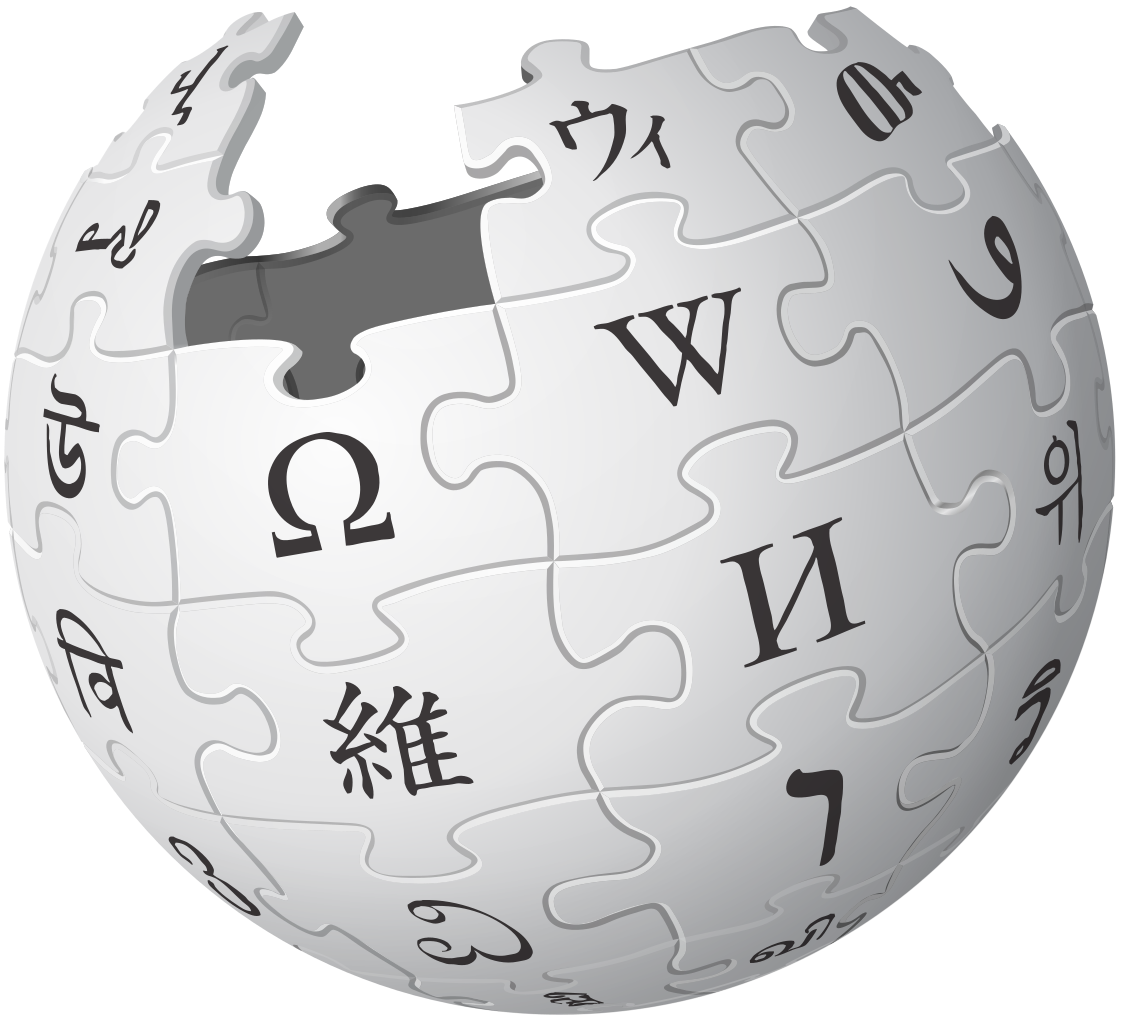

 Wikipedia Sitemap |
|
|  Useful Links 1 Useful Links 2 |
When the homework got too complicated and became a burden, I quit working for the farmers. Sometimes I was so occupied with the live world around, I did not do my homework, then I got up at six in the morning so it would be ready by the time I pedalled to school. Also since farming was not in my blood, and I had a bike of my own, I realized there was more to life than feeding them stupid critters.
With my transportation, the world became a lot smaller, I could now go where I had never been before. For instance, one Sunday after Mass, I said to friend Job, "Let's go to the Zoo in Arnhem." So we did.
One nice day, we rode 45 km, paid 35 cent entrance fee, looked at strange animals and birds for a few hours and came back the same day. Yes, the world really opened up for me. But this trip to the zoo also taught me a lesson: Don't believe everything, even if it is printed. The ad from the Zoo said: "1000 LIVE CROCODILES". Indeed there were many, but not 1000.
I heard Pa say, "The Courant, brings lies in the land". (Note: Courant is a common word for "newspaper"). He sure was right. I guess that day I lost faith in human integrity. Yes, it started to open, not only the world, but also my eyes. I realized there was more to life than feeding and milking cows. Outside was a whole new horizon to be investigated, inventions to be invented, buildings to be built and labor saving machines to be created.
Our school teacher said we lived in what they called the modern age. Mankind went through the bronze age, the middle ages, the iron age and some more ages, and now this. There must be hope that we get through this one.
When I saw what was happening all around, it was definitely changing. What horses used to do was taken over by trucks. Even passengers who travelled by train went now with buses. KLM, the Dutch airline, bragged about being the first airline to offer international regular scheduled flights. Was this the beginning or the end of the modern age? How much more was there to invent? They even had Autogiros, little airplanes with a big rotor on top which could get off the ground with no runway, or very little. Maybe they didn't work too good, because I had only seen one and it did not go too fast.
Modern for sure, we had two doctors: one Protestant and one Catholic, and each had his own car to visit their patients.
Also Metz the grocery store operator, who ran the place with his wife Marie, bought a second hand 1929 Chevrolet. They both worked seven days a week, no children, gave them a good reason to indulge in a used car. However he could only drive around with himself in it because Marie had to attend to the store.
Whoever heard of an airplane race? Well, it did happen. In 1936, a race course was set out from London, England to Melbourne, Australia. Anyone in the world could participate. Everybody in the Netherlands was excited because they sent the best Captain of the fleet with a DC 3 on his way. Parmentier must have been good, because he came in second with his airship the UIVER. He beat all the rest save for one American. Maybe he had more experience, the royal Dutch Airline (KLM) flew already twice a week to the Dutch East Indies which consisted of Sumatra, Borneo, Celebes, New Guinea, Bali, Lombok, Sumba, Sumbawa, Flores and Timor.
The East and West Indies being colonies of the Dutch, we had to learn a lot about them. Likewise in the West, we had to remember the island of Curaçao, Saint Maarten (half of it) Bonaire and on the mainland of South America Dutch New Guinea. There were a few more little ones, I believe the Antilles, but what the heck, a person couldn't remember everything.
Related resources:
De Nederlandse COURANT. Dutch Canadian Bi-Weekly Inc, is North America's oldest and most published Dutch language newspaper, and now the only Dutch newspaper, that regularly reports on events within the Dutch-Canadian community.
KLM from Wikipedia. Koninklijke Luchtvaart Maatschappij N.V., doing business as KLM Royal Dutch Airlines (Dutch: Koninklijke Luchtvaart Maatschappij, literally "Royal Aviation Company") . . . is the national airline of the Netherlands and is part of Air France-KLM. KLM's headquarters are in Amstelveen near its hub at Amsterdam Airport Schiphol. KLM operates worldwide scheduled passenger and cargo services to more than 90 destinations. It is the oldest airline in the world still operating under its original name.
Dutch East Indies, or Netherlands East Indies. (Dutch: Nederlands-Indië; Indonesian: Hindia-Belanda) was the Dutch colony that became modern Indonesia following World War II, from Wikipedia.
Dutch East India Company from Wikipedia.
Netherlands Antilles. Note: Dutch West Indies is former name of Netherlands Antilles. Dutch: Nederlandse Antillen, also referred to informally as the Dutch Antilles, was an autonomous Caribbean country within the Kingdom of the Netherlands, consisting of two groups of islands in the Lesser Antilles: Aruba, Curaçao and Bonaire (ABC Islands), in Leeward Antilles just off the Venezuelan coast; and Saint Eustatius, Saba and Sint Maarten (SSS Islands), in the Leeward Islands southeast of the Virgin Islands.
Sint Maarten from Wikipedia. "Before 10 October 2010, Sint Maarten was known as the Island Territory of Sint Maarten (Dutch: Eilandgebied Sint Maarten), and was one of five island territories (Eilandgebieden) that constituted the Netherlands Antilles."